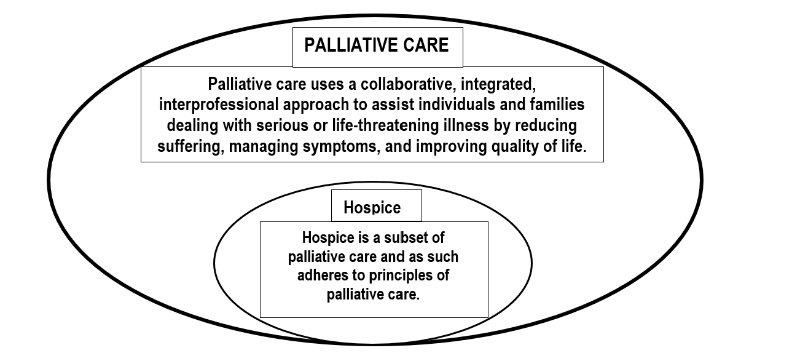Ms. Green is a 78-year-old woman who has lived alone in her family's house since her husband passed away 5 years ago. She is in good physical health overall, but about 2 years ago, Ms. Green was diagnosed by her primary care provider with early dementia. She has been taking donepezil (Aricept) 10mg daily. Ms. Green says the medication seems to have helped, but she has experienced increasing moments of “forgetfulness”, such as misplacing her keys and phone, and recently missing a dental appointment.
She presents to the memory clinic accompanied by her 49-year-old daughter, who lives and works about 500 miles away. She has no other children. Her daughter is concerned that Ms. Green is “falling through the cracks” and feels that her primary care provider has not been proactive in addressing her condition. Ms. Green’s mother and grandmother both suffered from severe dementia, so Ms. Green and her daughter are anxious about her future. They are at the memory clinic because several members of Ms. Green’s church are patients there and have mentioned the clinician’s thoroughness and expertise.
The baseline assessment includes a comprehensive history and physical examination, laboratory work, electrocardiogram, and various assessment tools, such as the Mini-Mental State Exam. The assessment confirms that Ms. Green has cognitive signs consistent with her stated history. She is still functioning well at home, despite her occasional memory lapses, but she also describes moments of brief confusion, where she feels a bit lost or disoriented. She is preparing her own meals and eating regularly. She appears adequately hydrated. Ms. Green reports that she does not have a will, a trust, a living will, a power of attorney, or a medical power of attorney.
It was decided that Ms. Green will stay on donepezil (Aricept) 10mg daily for memory. No other medications were added.
Personal resources, such as family, neighbors, and friends, were discussed. Ms. Green says she has been active in her church for many years and has received offers for assistance should she need help. She has Medicare and supplemental insurance. Her house is paid for, and she has some limited savings.
Her stated goals are to avoid being a burden to her friends and family, not to have to go into an institution, to die at home, and to “not lie around like a vegetable for years.”
Initial interventions include providing her with a living will to complete and return, as well as having copies for herself and her daughter. She was advised to see an attorney in the near future to help her prepare a will or trust, a power of attorney, and a medical power of attorney document. The clinician gently points out that Ms. Green’s ability to sort through what she wants and how she wants things done will likely deteriorate as her disease progresses, and the goal is to help her maintain a good quality of life.
The clinician addresses home safety, such as installing bathroom grab bars as needed, avoiding throw rugs, and obtaining a medical alert bracelet or watch. Ms. Green and her daughter were encouraged to discuss living contingencies since most people with dementia are unable to safely remain at home throughout the progression of the disease. They were also advised to consider and discuss the logistics and practicality of living so far apart.
Since Ms. Green is still able to function safely living alone, the clinician discusses possible strategies for assistance and, eventually, home care by friends, family, and professionals. She was encouraged to think about how she wants things to unfold as she becomes increasingly unable to live independently and begins considering options now.
Since the clinician recognizes that Ms. Green has transitioned from being “falling through the cracks” to likely being somewhat overwhelmed with information, tasks to consider, and realities to process, a follow-up appointment is scheduled in two weeks to further assist her in optimizing her quality of life.








